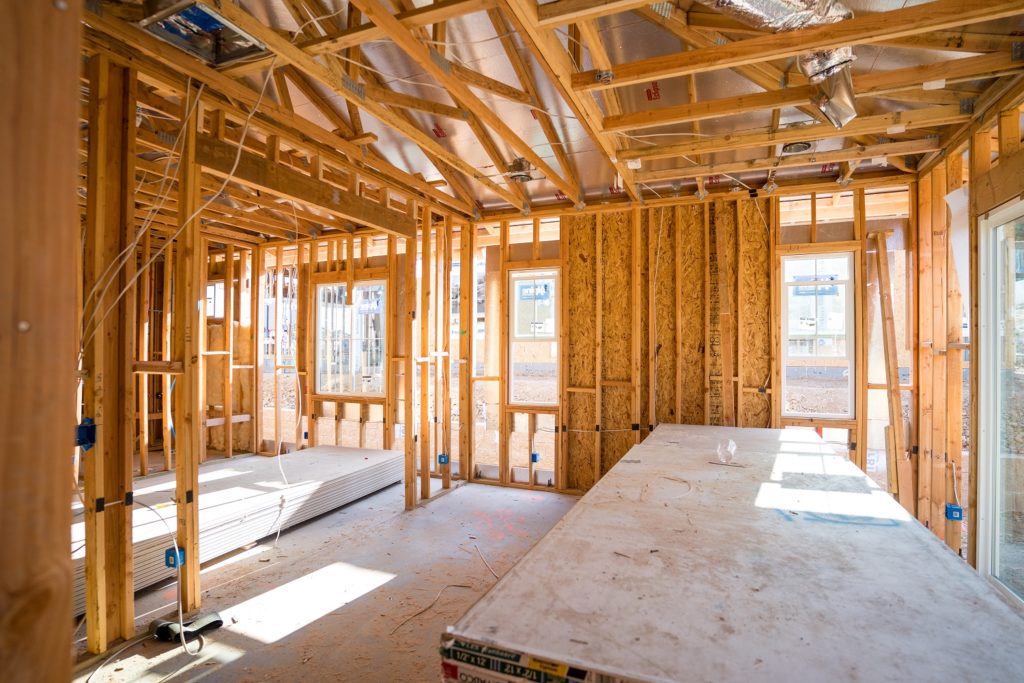Are you considering building a new house or renovating your current home? If so, you may be wondering if there are any sustainable building materials that you can use. There are many different options available, and we will discuss five of them.

1. Bamboo
Bamboo is a sustainable resource that can be used for flooring, countertops, and even walls. It is a fast-growing grass that does not require pesticides or herbicides to grow. Bamboo is also very strong and durable. Bamboo may be the right choice for you if you are looking for an alternative to hardwood floors. It often comes in many different colors and styles.
Bamboo floors are easy to install and maintain. They can be swept or vacuumed like any other type of flooring.
2. Cork
Cork is another sustainable material used for flooring, walls, and ceilings. Cork comes from the bark of the cork oak tree. The bark is harvested without harming the tree.
Cork is a natural insulator, which means it will keep your house warm and cozy in the winter and cool in the warmer months. This means that it can help keep your home warm in the winter and cool in the summer. It is also fire-resistant and sound-absorbent. Cork floors are easy to install and maintain.
3. Recycled Glass
Recycled glass is a sustainable option for countertops, backsplashes, and other areas in your home. Glass can be recycled infinitely without losing its quality. There are many different colors and styles of recycled glass available.
It is also durable and easy to clean. Recycled glass may be the right choice if you want unique countertop material.
4. Wool Insulation
Wool insulation is made from recycled wool that would otherwise go to waste. It is an environmentally friendly alternative to fiberglass insulation. Wool insulation has many benefits over traditional insulation. It has fire-resistant, mold-resistant, and pest-resistant qualities. It is also eco-friendly and sustainable.
5. Straw Bales
Straw bales are a sustainable building material that, when used properly, meet code requirements for building a new home. Straw is a byproduct of wheat farming and would otherwise go to waste or be burnt.
However, one large downside to straw bales is that they can’t get wet or else they will be prone to mold and pests—meaning they may not be ideal for humid climates, even when they’re properly sealed into the wall.
When building a new house or starting a renovation, check with your local contractor to see if there are any sustainable building materials that you can use.